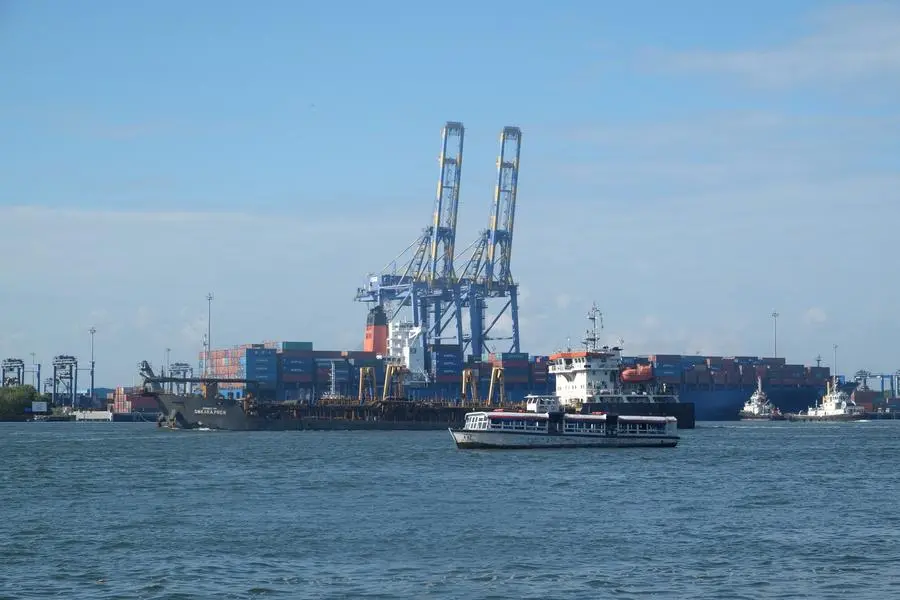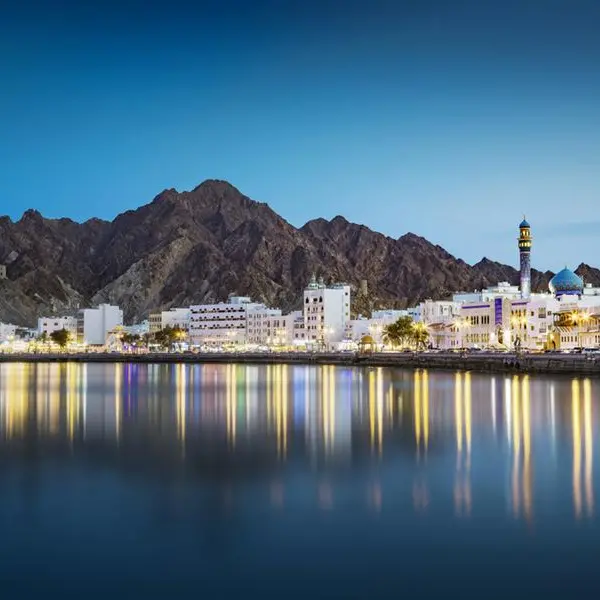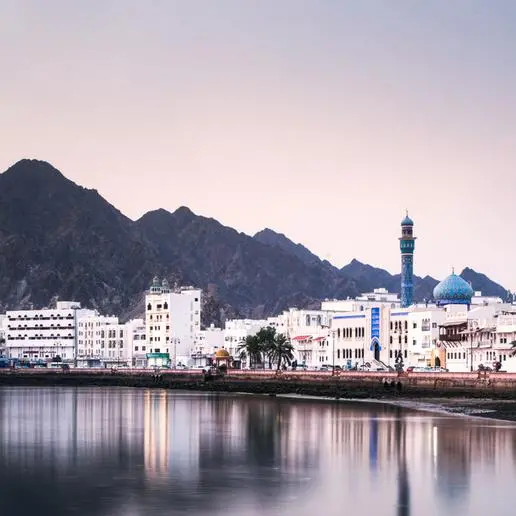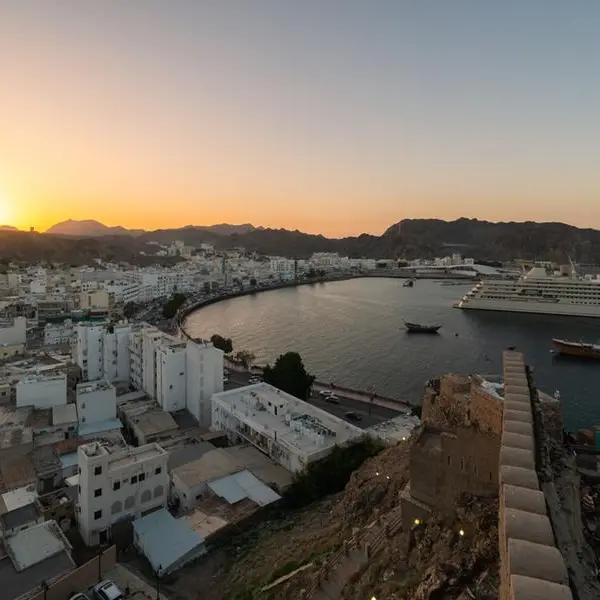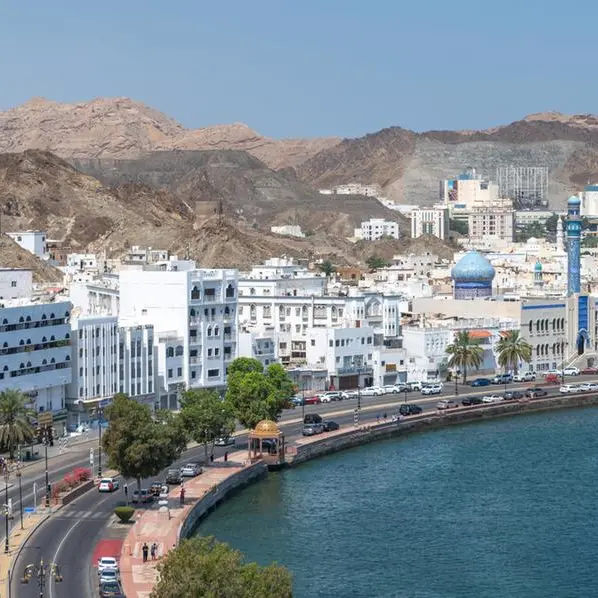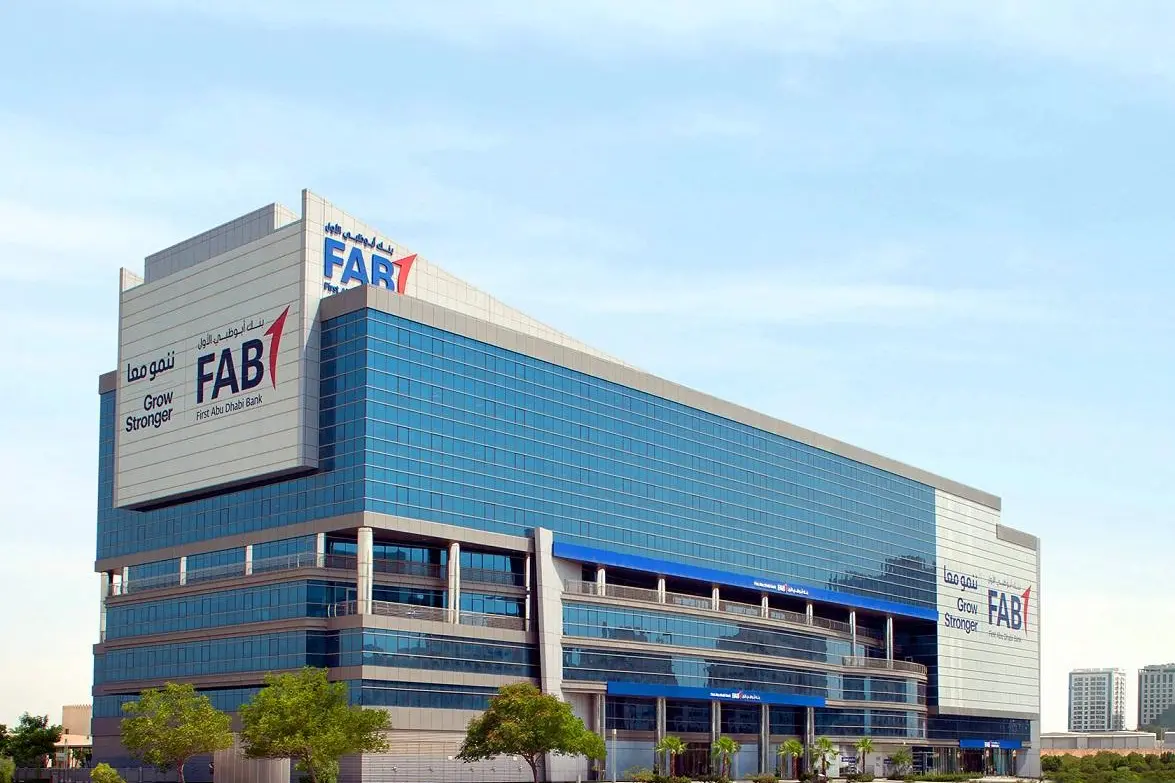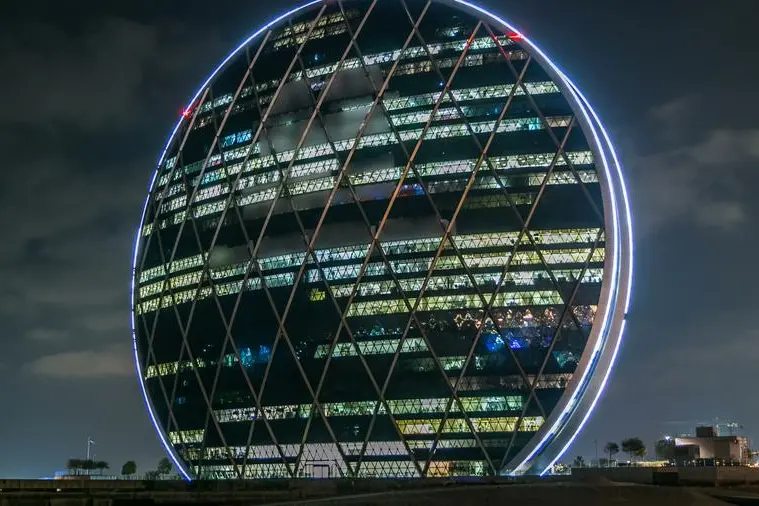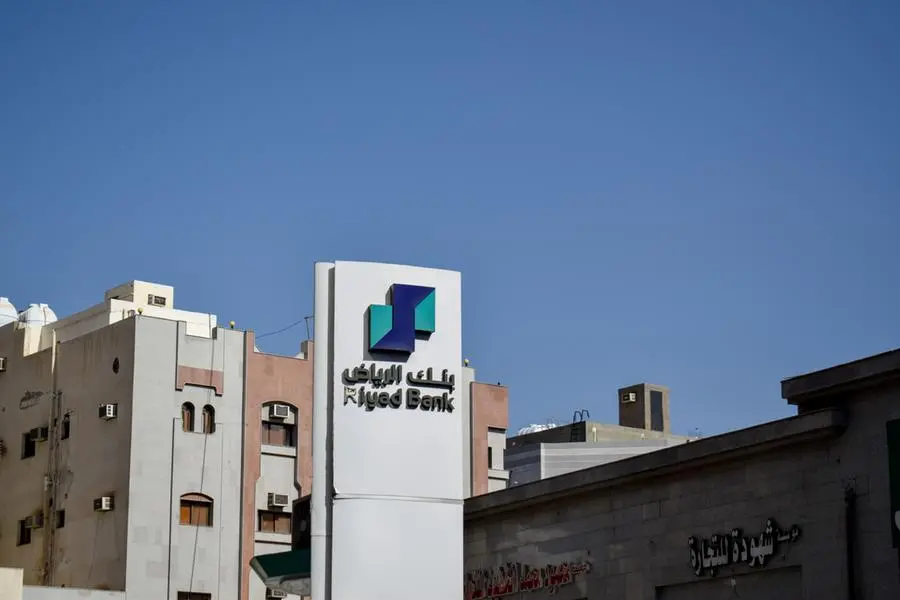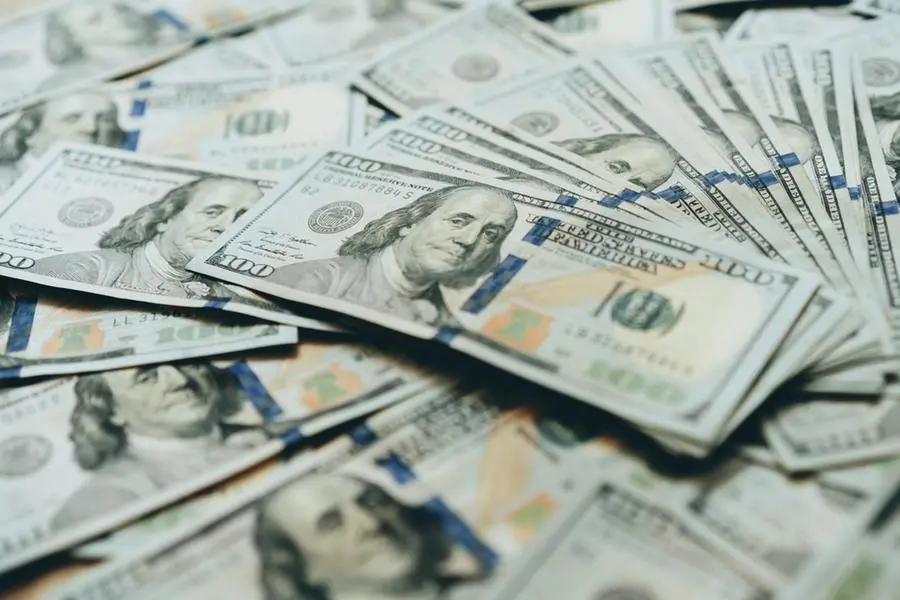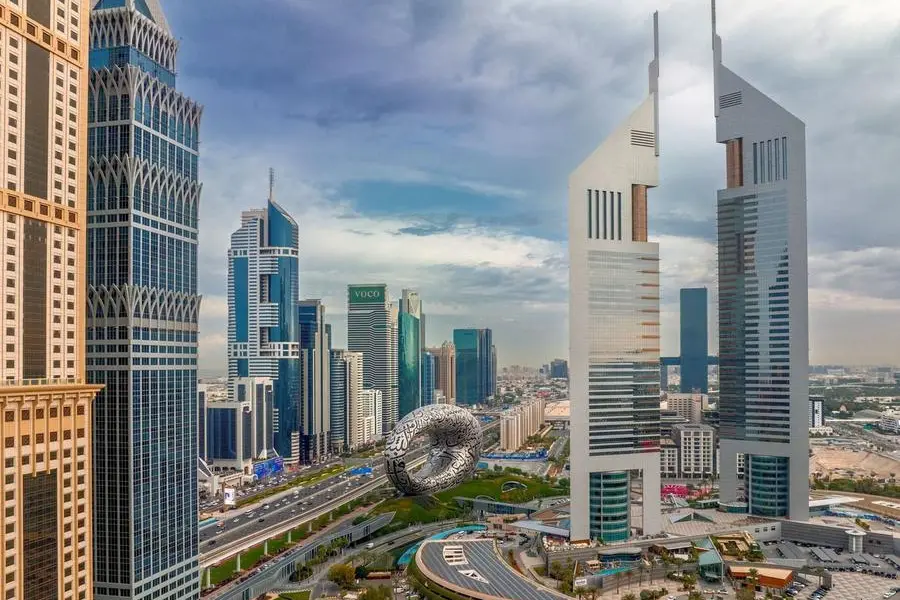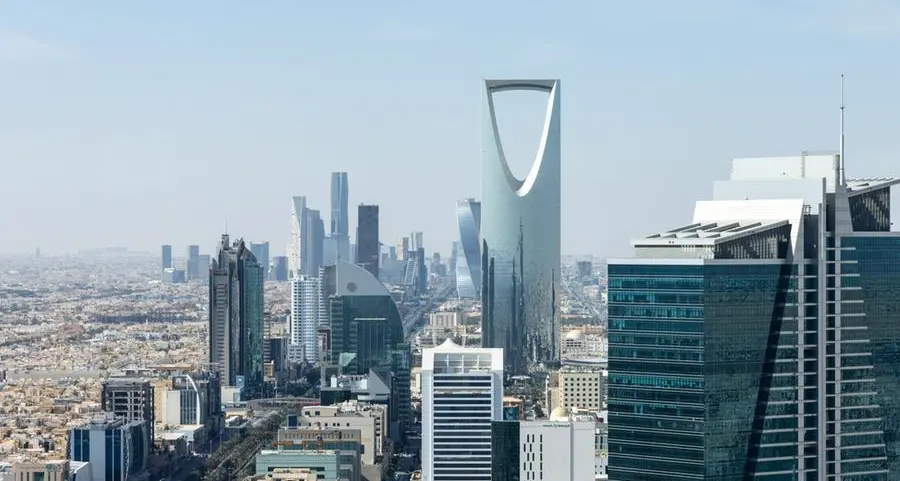PHOTO
India’s exports to the UAE are expected to cross $50 billion by 2026-27 from $31.3 billion at present as the path-breaking free trade agreement between the countries begins to further unlock the immense potential of two-way commerce.
India’s Commerce Secretary Sunil Barthwal said bilateral trade with Arab world’s second largest economic powerhouse has grown significantly after the implementation of the Comprehensive Economic Partnership Agreement (Cepa) on May 1 last year.
One year into the signing of the landmark agreement, India’s exports to the UAE, the south Asian nation’s third largest trade partner after the US and China, recorded a multiyear high, rising by 11.8 per cent to $31.3 billion in 2022-23 from $28 billion a year ago, while imports grew by 18.8 per cent to $53.2 billion in the last fiscal, propelling the value to bilateral trade to a record $84.5 billion.
The year-on-year increase stood at 16 per cent, Barthwal said, adding that the trade pact had played the role of a growth engine for bilateral trade over the past 11 months.
Cepa, which was signed on February 18 2022, entered into force on May 1 2022. During the agreement’s implementation period from May 1 last year to the same day in 2023, bilateral trade jumped from $67.5 to 76.9 billion – an annual increase of 14 per cent.
Dr Thani bin Ahmed Al Zeyoudi, UAE Minister of State for Foreign Trade, said the first year of Cepa has been highly successful for both nations and has consolidated one of the most important international relationships. “We have delivered partnership for growth not just for the UAE and India, but for the whole region. The impact on trade has been clear, with non-oil trade growing by 10 per cent in 2022 to surpass $49 billion and the early data from 2023 shows this trend is continuing,” he was quoted as saying in a documentary broadcast on Monday to mark the first anniversary of Cepa implementation.
The impact of the landmark pact has been so phenomenal in the first year, prompting Piyush Goyal, India’s Minister of Commerce & Industry, to hint at revising upwards the five-year target of $100 billion in bilateral trade set a year ago. “Trade gains in the initial post-implementation phase of the Cepa are just the beginning; there are still a large number of opportunities for cooperation among two nations in key sectors such as infrastructure and technology,” he has told Khaleej Times in an interview.
In the first year of Cepa, key sectors such as mineral fuels, electrical machinery, gems and jewellery, automobiles, and beauty and skincare products witnessed significant export surge.
In the goods domain, the UAE has done away with duties on 97.4 per cent of its tariff lines under the Cepa. According to a statement from India’s Commerce and Industry Ministry, this corresponds to 99 per cent of imports from India.
In the services domain, deeper commitments have been noted across all the modes of supply and sectors. Out of the 160 service subsectors, India has offered 100 to the UAE, while the UAE has offered 111 to India.
“Given the significant increase in bilateral trade, particularly in exports of Indian goods and services, Cepa would have had a concomitant positive impact on other key macroeconomic variables such as GDP and employment,” the Commerce and Industry Ministry said.
Copyright © 2022 Khaleej Times. All Rights Reserved. Provided by SyndiGate Media Inc. (Syndigate.info).
